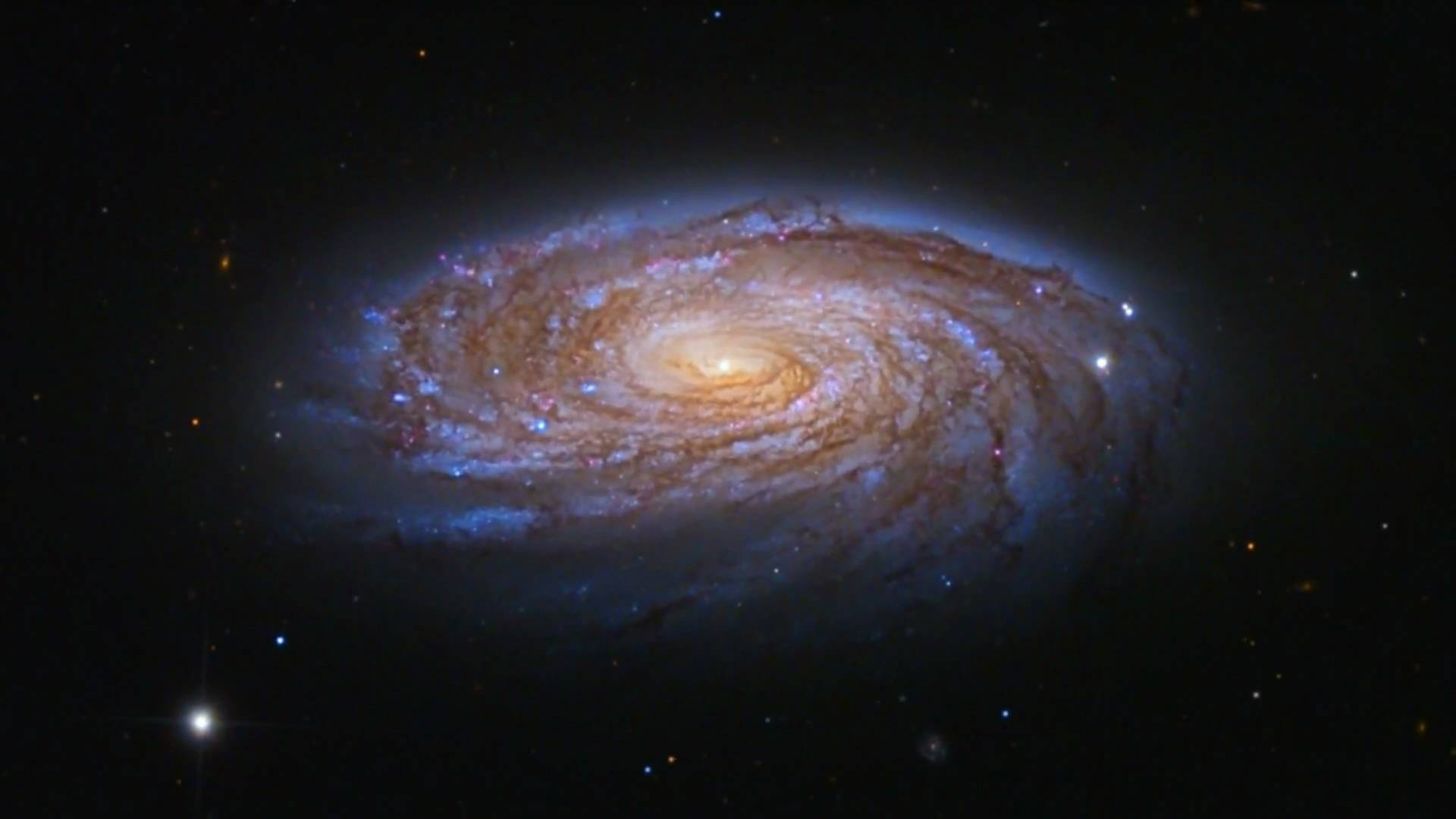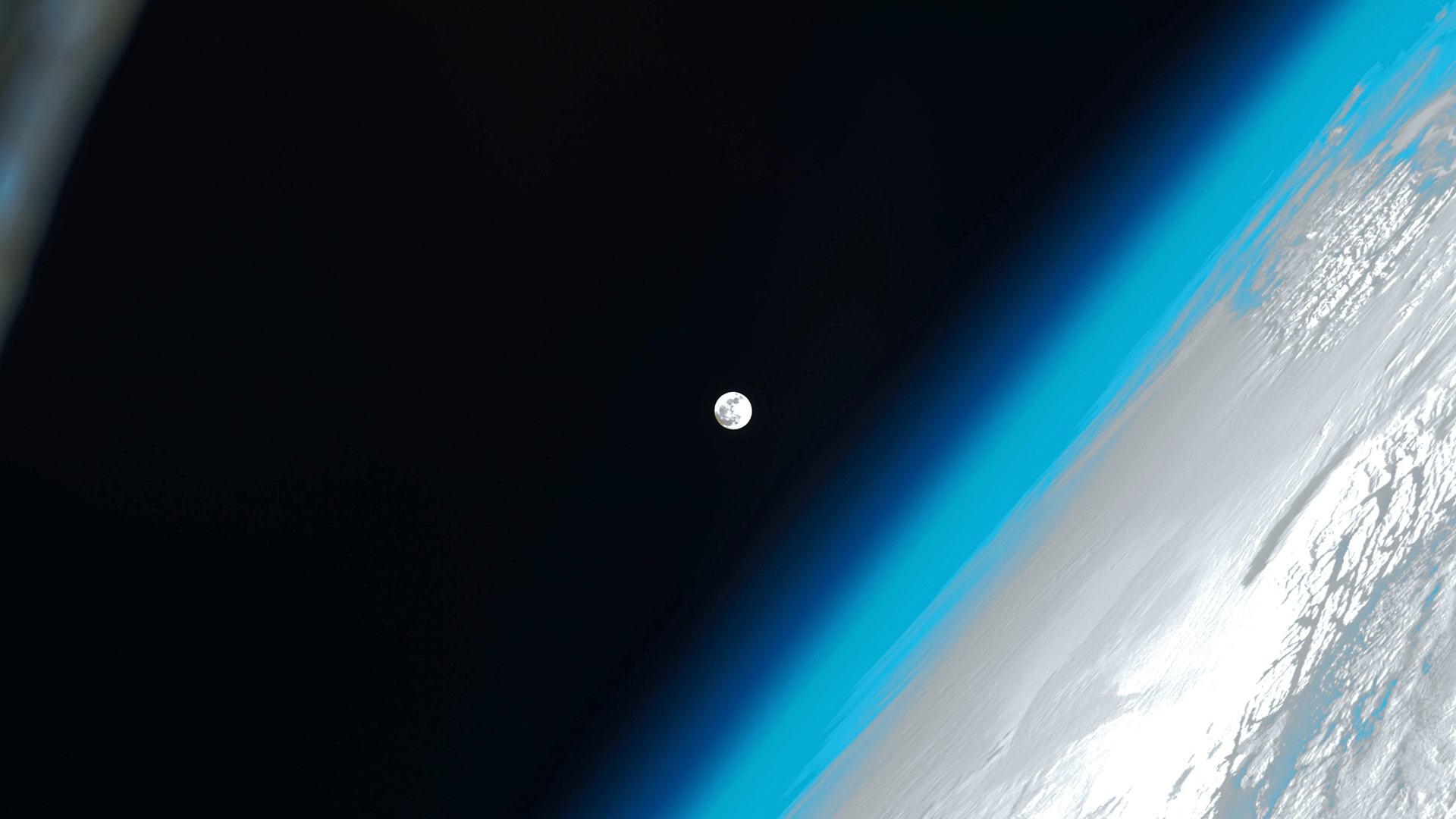

If you’re curious about the technical details: The curious compact cometary shape right of center is known as Hubble's Variable Nebula. Expansive dark markings on the sky are silhouetted by a larger region of fainter emission with yellowish open star cluster Trumpler 5 near the top of the frame. Itself a multiple system of massive, hot stars S Mon is adjacent to bluish reflection nebulae and the convoluted Fox Fur nebula. Outlined by the red glow of hydrogen gas, the cone points toward the left and bright, blue-white S Monocerotis. A few light-years across, a simple sculpted shape known as the Cone Nebula is near center. Where the otherwise obscuring dust clouds lie close to hot, young stars they also reflect starlight, forming blue reflection nebulae. It mixes reddish emission nebulae excited by energetic light from newborn stars with dark dust clouds. A star forming region cataloged as NGC 2264 is centered, a complex jumble of cosmic gas, dust and stars about 2,700 light-years distant.

The 3 degree wide field of view stretches through the faint but fanciful constellation Monoceros, the Unicorn. Interstellar clouds of hydrogen gas and dust abound in this gorgeous skyscape. Here is NASA’s description of my photo from APOD: If you enjoy this picture, come check out my Instagram where I post quite frequently. Today they have chosen my photo of the cone nebula, and surrounding area. The Horsehead Nebula lies 1,500 light years distant towards the constellation of Orion.Hey everyone! Every day, NASA selects one astronomy photo to share for their astronomy picture of the day. The Flame Nebula is visible just to the left of the Horsehead, while the bright star on the upper left is Alnilam, the central star in Orion's Belt. The resulting spectacular picture details an intricate tapestry of gaseous wisps and dust-laden filaments that were created and sculpted over eons by stellar winds and ancient supernovas. To bring out details of the Horsehead's pasture, an amateur astronomer used a backyard telescope in Austria to accumulate and artistically combine 7.5 hours of images in the light of Hydrogen (red), Oxygen (green), and Sulfur (blue). A deep exposure shows that the dark familiar shaped indentation, visible just below center, is part of a vast complex of absorbing dust and glowing gas. "explanation": "The famous Horsehead Nebula in Orion is not alone. "title": "Wisps Surrounding the Horsehead Nebula", Bounce around the Universe: Random APOD Generator", The Horsehead Nebula lies 1,500 light years distant towards the constellation of Orion.


# SPDX-FileCopyrightText: 2019 Limor Fried for Adafruit Industries Time.sleep(30*60) # 30 minutes till next check Print("Some error occured, retrying! -", e) Text_maxlen=(50, 50), # cut off characters Json_path=(TITLE_LOCATION, DATE_LOCATION), # the current working directory (where this file is) Except under exceptional circumstances, NASA civil service employees are required to be US citizens. # There's a few different places we look for data in the photo of the day The agencys administration is located at NASA Headquarters in Washington, DC, and provides overall guidance and direction. # Set up where we'll be fetching data from
#Nasa picture of the day today code#
Copy Code # SPDX-FileCopyrightText: 2019 Limor Fried for Adafruit Industries


 0 kommentar(er)
0 kommentar(er)
